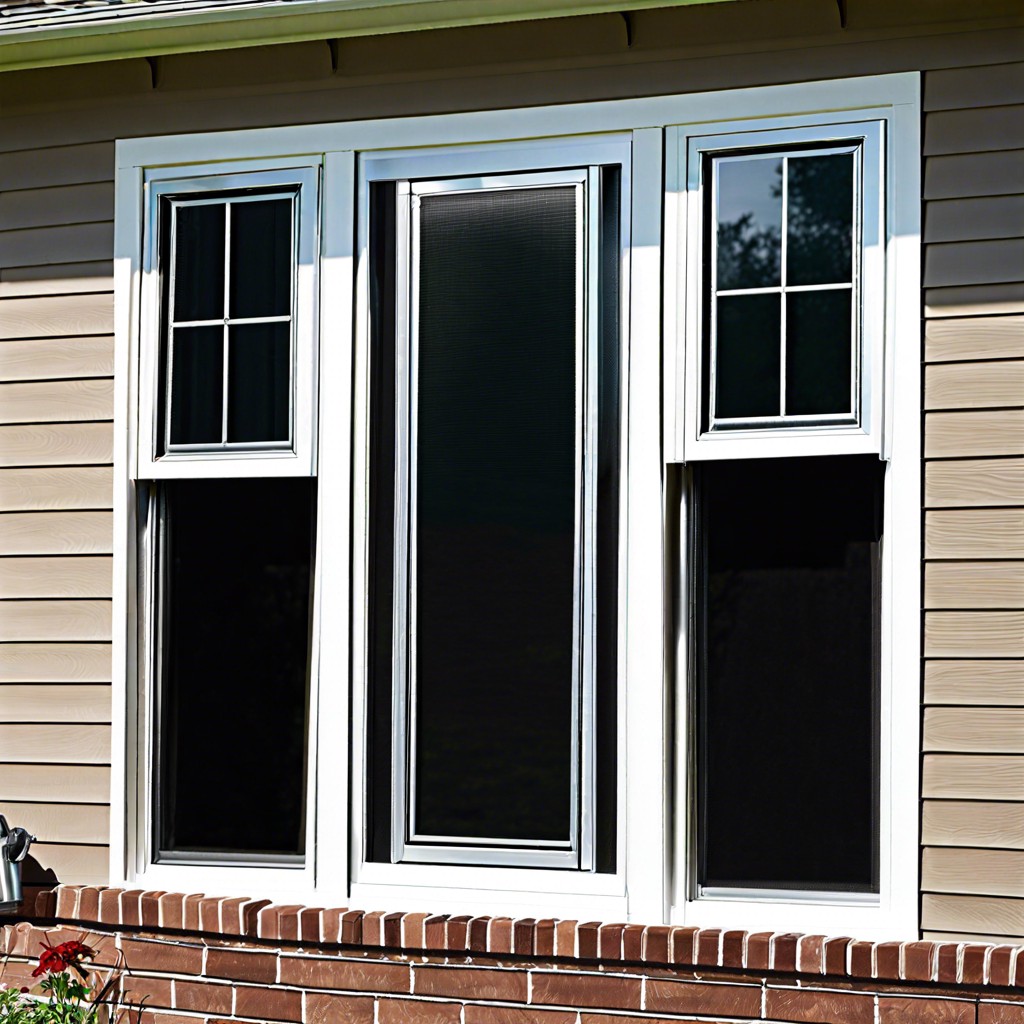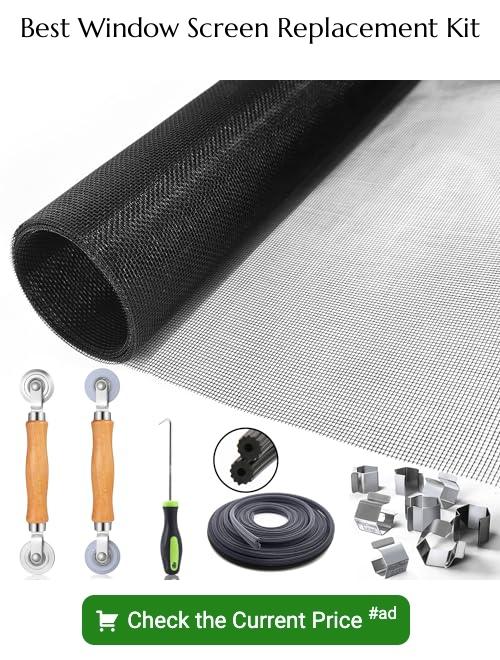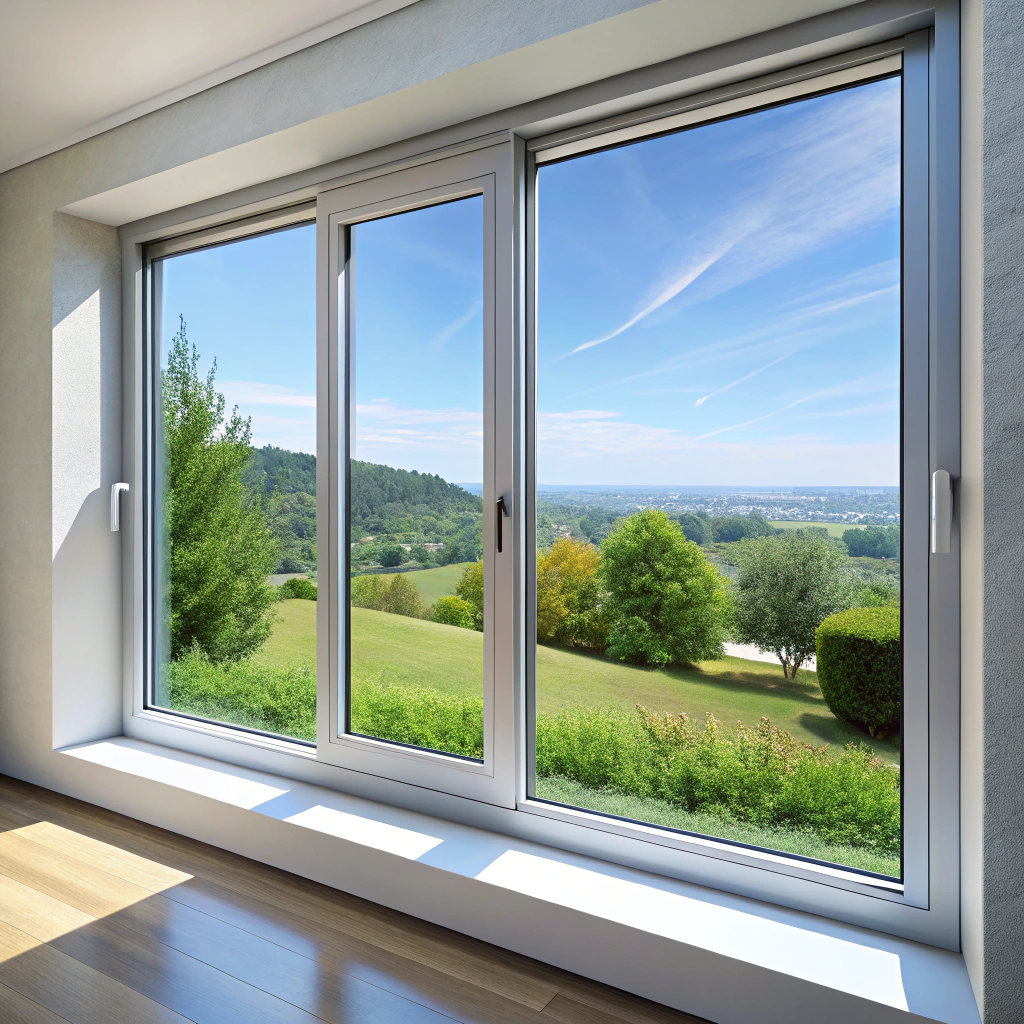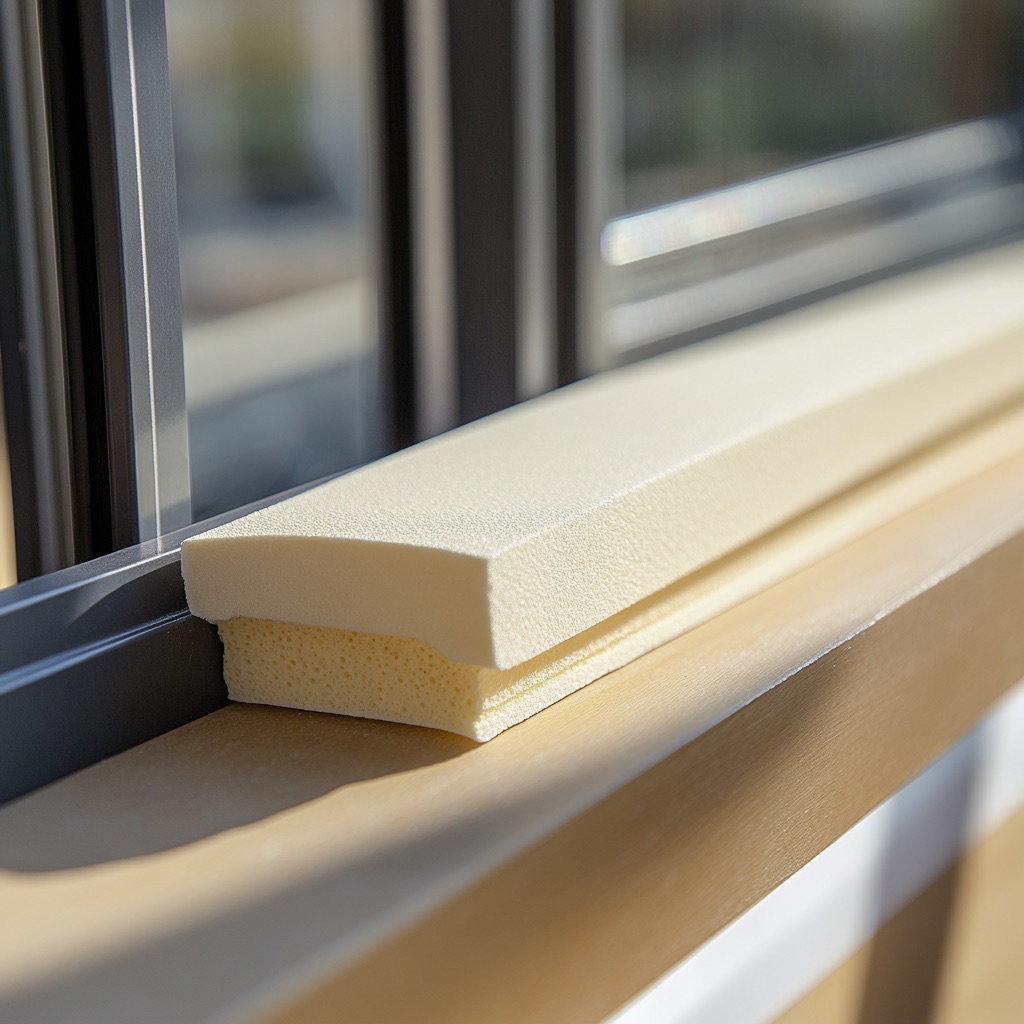In comparing aluminum and fiberglass window screens, this article will examine durability, cost, visibility, and ease of installation to guide your selection.
Key takeaways:
- Aluminum screens are more durable and resistant to tearing.
- Fiberglass screens are more flexible and easier to repair.
- Fiberglass screens are generally less expensive upfront.
- Aluminum screens have a longer lifespan and require less frequent replacement.
- Aluminum screens are more recyclable, while fiberglass screens have a lower environmental footprint.
Durability Comparisons of Aluminum Vs. Fiberglass Screens

Aluminum screens stand out for their robustness and are less prone to tearing than fiberglass. They fare well in areas with high traffic or where pets and children may cause stress to screens. However, they can dent and when compromised, they’re tougher to patch up.
Fiberglass, while not as strong as aluminum, is still durable and has a key advantage: it doesn’t corrode, making it a superior choice in coastal areas where salt air is prevalent. It also holds up better to the occasional poke or prod due to its flexibility, and when damaged, it’s easier to repair than aluminum.
One downside to the durability of aluminum is its tendency to crease and retain these marks. Fiberglass, conversely, is more forgiving, often bouncing back to its original form and maintaining a smoother appearance over time.
Users should consider the relative durability of these materials in the context of their specific needs and environmental conditions to make an informed decision for their homes.
Cost Analysis: Upfront and Long-term Costs of Aluminum and Fiberglass Screens
When considering upfront costs, fiberglass screens generally have the advantage. They’re less expensive than aluminum screens, making them a budget-friendly option for homeowners looking to save on initial expenses. The lower price does not inherently mean lower quality; fiberglass offers ample protection and durability for most residential applications.
In contrast, aluminum screens are more of an investment at the outset. This is due to the material’s robustness and the manufacturing process involved. However, this higher initial cost can translate into savings over time. Aluminum screens resist sagging and can withstand harsher conditions without tearing.
A crucial point to consider is the long-term value. Fiberglass screens tend to become brittle and may need replacement more frequently than their aluminum counterparts, especially in areas with intense sun exposure that can degrade the material faster. Aluminum screens, while potentially denting, do maintain their integrity longer, possibly eliminating the need for frequent replacements.
Maintenance costs should also be factored in. Aluminum can be cleaned with a simple hose down, resisting corrosion and maintaining its appearance longer. Fiberglass may require more careful cleaning to avoid damage, potentially adding to long-term maintenance efforts and costs.
Considering these factors will help predict not just the immediate hit to your wallet but also the overall financial implications of your window screen choice over its lifetime.
Environmental Considerations: Recyclability and Eco-Impact of Aluminum and Fiberglass Screens
Aluminum screens offer a distinct advantage in terms of recyclability. Unlike many other materials, aluminum can be recycled indefinitely without losing quality. This means old aluminum screens can be melted down and repurposed into new products, making them an environmentally friendly option for eco-conscious homeowners.
Fiberglass, on the other hand, is not as readily recyclable. The woven plastic fibers are often coated with PVC, which complicates the recycling process. However, advancements in recycling technologies may gradually improve this situation.
In terms of production, both materials come with an eco-impact. The extraction of bauxite for aluminum production is energy-intensive and can lead to ecological disruption. Fiberglass production involves the use of chemicals and energy, but the overall environmental footprint tends to be lower compared to aluminum mining and refining.
Choosing between aluminum and fiberglass screens also depends on their life expectancy. Aluminum screens are typically more durable, potentially reducing the frequency of replacement and lessening environmental impact over time. Fiberglass screens are less likely to corrode but can be more prone to tearing, which might necessitate more frequent replacements.
When considering environmental impact, weighing these factors is crucial for making an informed decision that aligns with personal values and environmental priorities.
Visibility and Airflow: Evaluating the Differences Between Aluminum and Fiberglass Screens
Fiberglass screens offer superior visibility compared to their aluminum counterparts. This is due to their finer weave and the material’s innate tendency to minimize glare. Homeowners who prioritize unobstructed views and a flood of natural light will find fiberglass an ideal choice.
In terms of airflow, fiberglass screens again take the lead. Their design allows for better air circulation, contributing to more efficient natural ventilation within a home. The difference in airflow can play a significant role in enhancing indoor air quality and comfort, especially during warmer months.
Aluminum screens, while not as transparent, are less prone to sagging over time. This structural integrity, however, may slightly reduce airflow efficiency. For regions with more extreme weather, the robust nature of aluminum can provide a small trade-off in visibility and ventilation for increased resilience against elements like hail or wind-borne debris.
When choosing between aluminum and fiberglass, it’s crucial to weigh the importance of view and ventilation against other factors such as durability and cost to make the best decision for a specific home environment.
Suitability for Various Climates: Aluminum Vs. Fiberglass Screen Performance
Aluminum screens are champions in terms of heat resistance, making them an excellent choice for areas with high temperatures. They maintain their shape and structural integrity even in scorching summer weather. However, the same durability can become a disadvantage in coastal regions; aluminum is more prone to corrosion from salty sea air compared to fiberglass.
Fiberglass, on the other hand, offers an edge with its flexibility and resilience to warping, especially in colder climates. It performs well in areas with temperature fluctuations, as it’s less likely to tear under the stress of expansion and contraction. Additionally, it’s immune to rust and corrosion, a trait that lends itself well to humid and wet environments.
Both materials manage to block insects and pests effectively, yet the specific conditions of your locale might tip the scales. While aluminum can dent and fiberglass can stretch, it’s the climate that will largely influence the durability and longevity of your window screens. Choose wisely, considering the local weather patterns and the unique demands they impose on materials.
Recap


